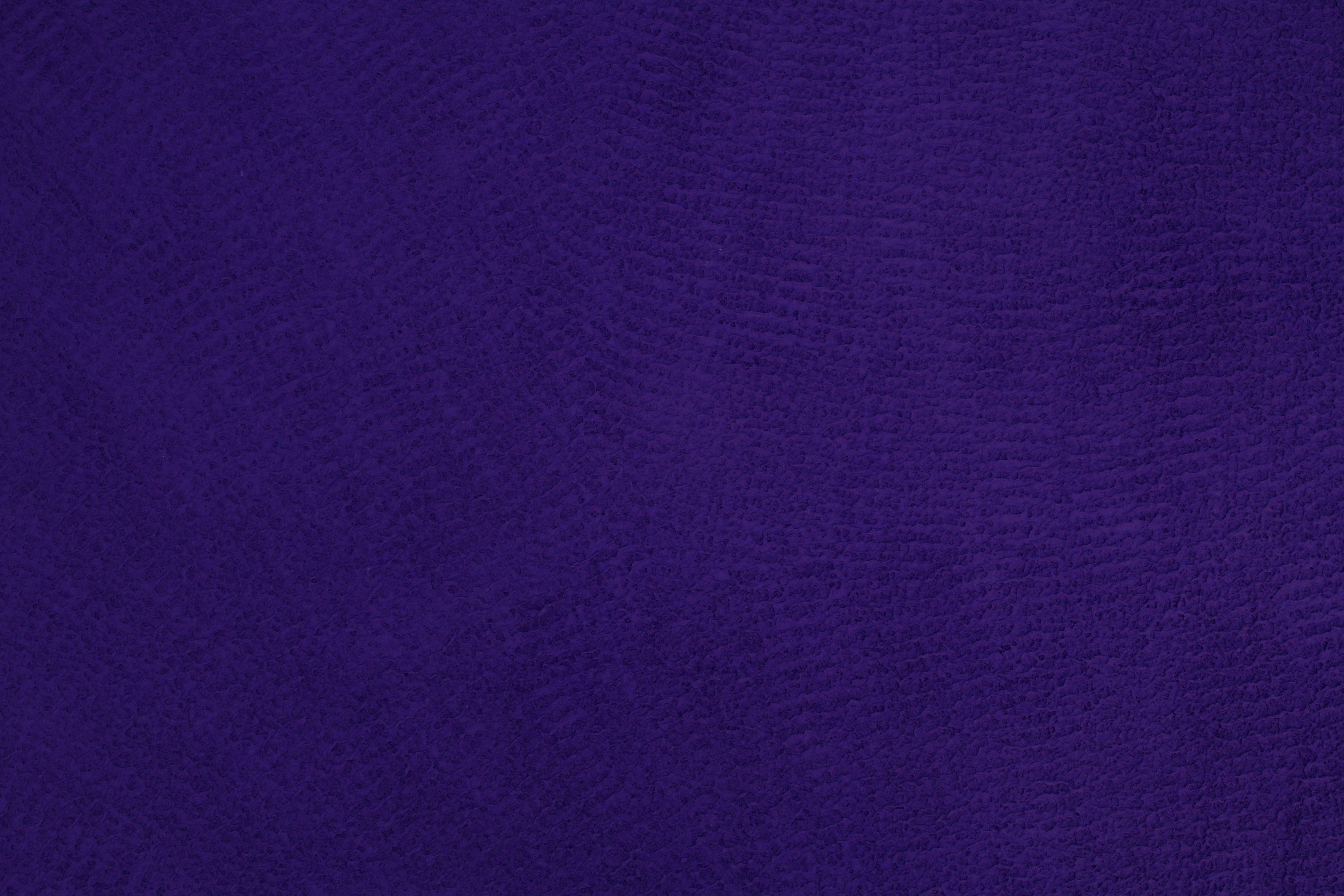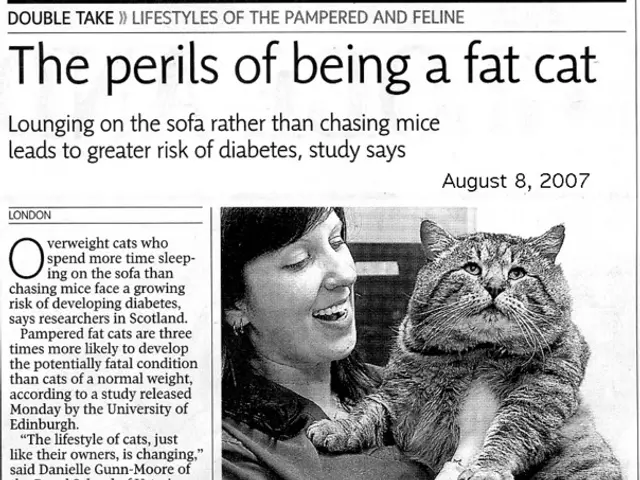Scientists' Alleged Imagery: An Artist Declares Synthesis of a Heralded But Previously Unattainable Color Pigment
Here's the Rewritten Article:
Artist Claims to Bottle elusive, "New Color" Discovered by Scientists
In an audacious move, British artist, Stuart Semple, is selling the mysterious color that scientists from the University of California, Berkeley, claimed to have created. Known as "YOLO," it is an optical illusion that recently surfaced when scientists manipulated volunteers' sight through laser pulses.
Now, Semple proclaims to have recreated the color and is offering it for sale on his website. He mushrooms this elusive hue as the "most expensive paint on the planet," yet it's incredibly affordable for artists.
Semple took to Instagram to express his excitement over the controversial creation. "Scientists discover new color, and I've already set it free," he wrote. "If you're fascinated by the artistic uses for this color discovery, grab YOLO from culturehustle.com."
However, there's a snag. Scientists contend that the color can't be reproduced outside of their experiment, with Austin Roorda, a scientist on the Berkeley team, stating, “It's impossible to recreate a color that matches olo."
Because the human eye induces the color through an optical trick, it renders the color an abstract perception rather than a tangible reality. Some might accuse Semple of peddling a light teal paint as the same color produced by the experiment.
Despite the naysayers, Semple insists that he went to great lengths to create paint formulated to mimic the experience of the Berkeley experiment. The Guardian notes that the artist employed "fluorescent optical brighteners that absorb ultraviolet light and re-emit it as visible blue light" to make materials appear whiter or brighter. Gizmodo reached out to Semple for comment.
"I believe color should be accessible to everyone," Semple told the outlet. "I've fought for years to release these colors that are either owned by corporations or claimed by scientists. What I've done is tried to create a color of that experience."
This isn't the first time Semple has released a color approximating one produced in a more scientifically fantastical way. In 2016, Anish Kapoor exclusively licensed the obscenely dark Vantablack, which absorbs 99.965% of light. In retaliation, Semple fabricated a super-matte black paint called "blackest black" and prohibited Kapoor from purchasing it. He did the same with "super pink pigment." Since then, Semple has released at least four versions of his black paint, striving to create the paint version of Vantablack. YOLO isn't just another artistic stunt; it's Semple's attempt to emulate the Olo experience for artists and audiences.
At a hefty £10,000, YOLO isn't cheap. However, if you self-identify as an artist, Semple is willing to part with some of his latest creation for just £29.99.
Even though "YOLO" paint is not the exact "new color" discovered by science, it is a creative and artistic interpretation designed to give artists and audiences an experience closer to that color sensation.
Insights
- YOLO paint was inspired by a color sensation called "Olo," discovered by UC Berkeley scientists through experimental techniques.
- Olo is a perceptual phenomenon created inside the eye and is not a traditional color in a physical pigment sense.
- Semple created YOLO paint to simulate the Olo experience with an acrylic paint blend of pigments and brighteners designed to evoke a visual sensation similar to the original Olo experience.
- YOLO is considered an approximation of the original Olo experience, rather than a literal color discovery in physical pigment form.
[1] Enrichment Data: https://en.wikipedia.org/wiki/Olo_color
[2] Enrichment Data: https://www.theguardian.com/artanddesign/2021/apr/09/artist-stuart-semple-yolo-paint-berkeley-university-color-science
[3] Enrichment Data: https://www.gizmodo.com.au/2021/04/artist-stuart-semple-is-selling-yolo-a-paint-that-claims-to-re-create-an-unseen-new-color-unveiled-by-berkeley-scientists-that-can-only-be-seen-through-laser-stimulation-of-the-retina/
[4] Enrichment Data: http://nautil.us/issue/66/foreseen/why-humans-arent-color-blind-heterochromats
The above paragraphs may contain irrelevant, duplicate or extraneous information. Readers are advised to carefully consider the relevancy of each paragraph for a better reading experience.
- The elusive, new color titled "YOLO" has been claimed to be recreated by artist Stuart Semple, who is selling it on his website.
- Interestingly, this color was initially discovered by scientists from the University of California, Berkeley, through manipulating volunteers' sight with laser pulses.
- Semple's recreated color, priced as the "most expensive paint on the planet," is actually quite affordable for artists.
- The controversy surrounding YOLO arises as scientists challenge the viability of reproducing the color outside of their experiments.
- Austin Roorda, a scientist on the Berkeley team, states that replicating a color to match YOLO is impossible.
- Although YOLO is not the exact "new color" discovered by science, it serves as a creative and artistic interpretation meant to provide artists and audiences with a sensation akin to that color experience.
- This isn't the first time Semple has launched a pigment that imitates one produced in a more scientifically exaggerated manner.
- In 2016, he challenged artist Anish Kapoor by releasing a super-matte black paint called "blackest black," prohibiting Kapoor from purchasing it in retaliation to Kapoor's exclusive licensing of Vantablack.
- Semple's continual attempts at creating black paints include at least four versions, even though they cannot replicate Vantablack.
- Social media outlets such as Instagram have been a platform for artist Stuart Semple to express his excitement over controversial artistic creations like YOLO.
- YOLO is also part of Semple's ongoing mission to make art more democratic and accessible by emulating unique scientific experiences in a more consumer-friendly format, such as books, fashion and beauty, lifestyle, tech, art and culture, entertainment, sports, and social media.








